
Looking for something else?
Try one of these!
Carp Hybrid Fly Step-by-Step:
Growing up along the shores of Lake Ontario, you’d think I’d have a lifetime of experience targeting carp. Golden giants, they cruised the sandy shorelines and estuaries in massive schools. Yet, for a quarter century now (Wow…I’m getting old), my only experience with carp on the fly was inadvertent. It was Largemouth I was after the day my father’s prized grass carp emerged from nowhere to inhale the tiny yellow woolly worm on the end of my line. Though an epic battle on my old Cortland 5wt, I wrote the experience off as a freak occurrence and never considered the possibilities that could have awaited me.
Years later as I perused internet forums, I came across a post by Tim Borski on targeting carp in his native Wisconsin. He approached the sport as he would Bonefish in the Keys, and I found myself thoroughly intrigued. Still, I wasn’t much of a fly fishermen during that period of my life, and simply filed it away as something to try someday.
Fast forwarding to 2020 and the year that has been, it was clear that time had come. Fly tying and fishing more in recent years than I had the prior decade, I constantly found myself in search of a new challenge. And with long distance travel off the table for the foreseeable future, local bucket list items would be at the forefront. While it took until early December, Carp finally made it to the front of the list.
Scouring google for patterns, I decided the best place to start would be John Montana’s ubiquitous Carp Hybrid. Deviating slightly from the original to account for materials I had available, I did my best to stay true to the patterns origin and am pleased with the outcome.
| Materials: | ||
|---|---|---|
 Gamakatsu C14S or Jig Hook (Size 10) Gamakatsu C14S or Jig Hook (Size 10) |  70 Denier (Black) 70 Denier (Black) |  Bead Chain (Med.; Black) Bead Chain (Med.; Black) |
 Micro Chenille (Red) Micro Chenille (Red) |  Ice Dub (Black) Ice Dub (Black) |  Hen Cape Hackle (Black) Hen Cape Hackle (Black) |
Disclosure: This post contains affiliate links. A small commission may be paid for purchases made through these links.
Carp Hybrid Fly Step-by-Step Tying Instructions:
(Mobile Viewers: Click images to enlarge)

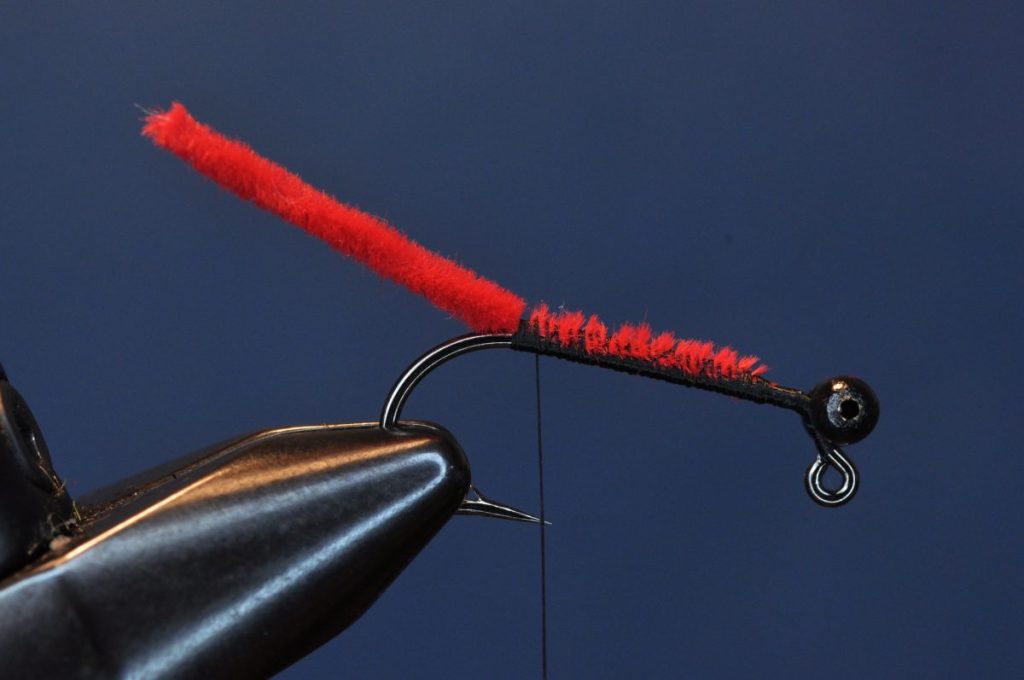
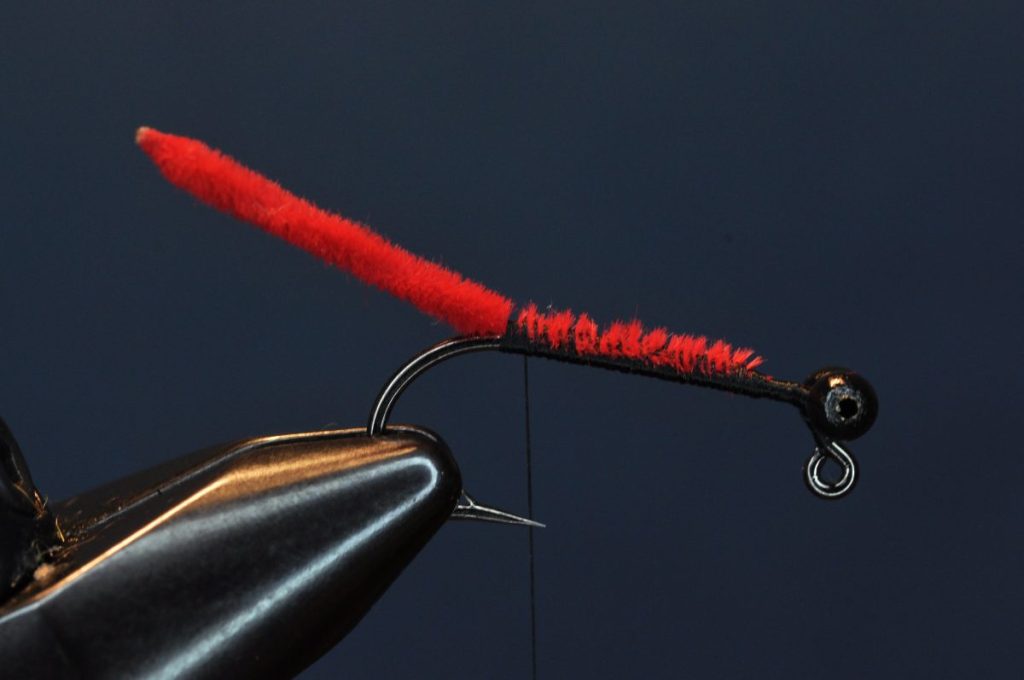
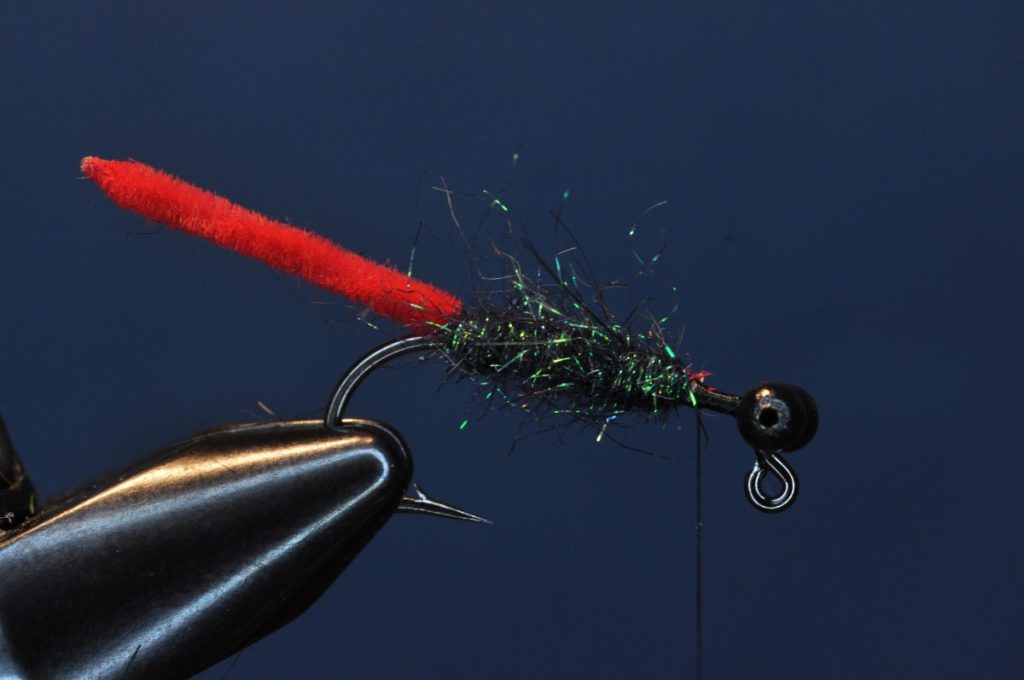


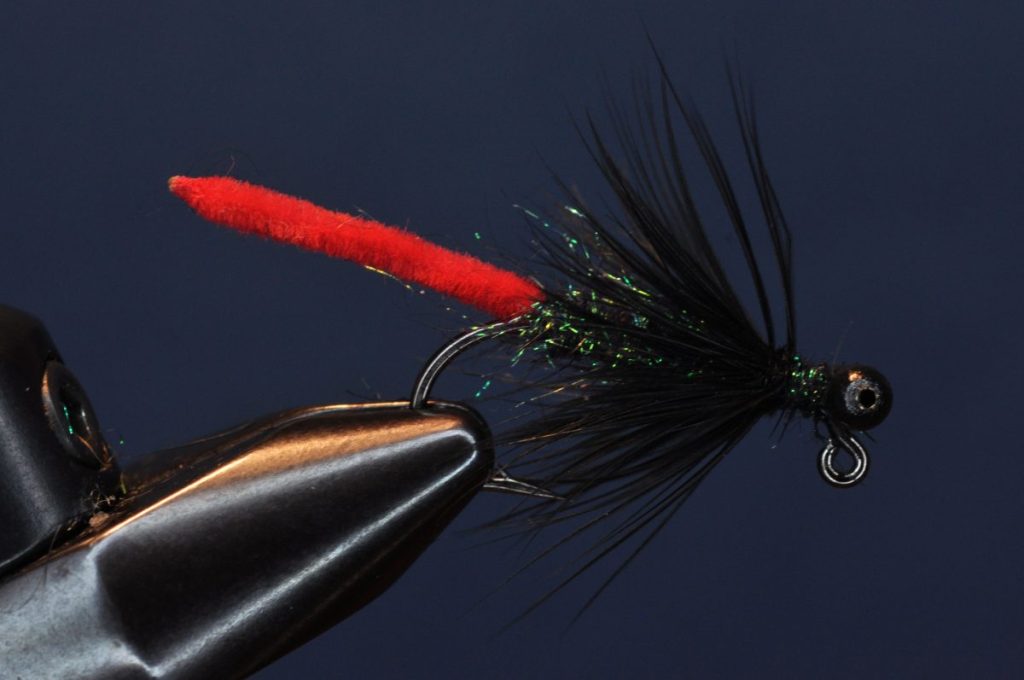
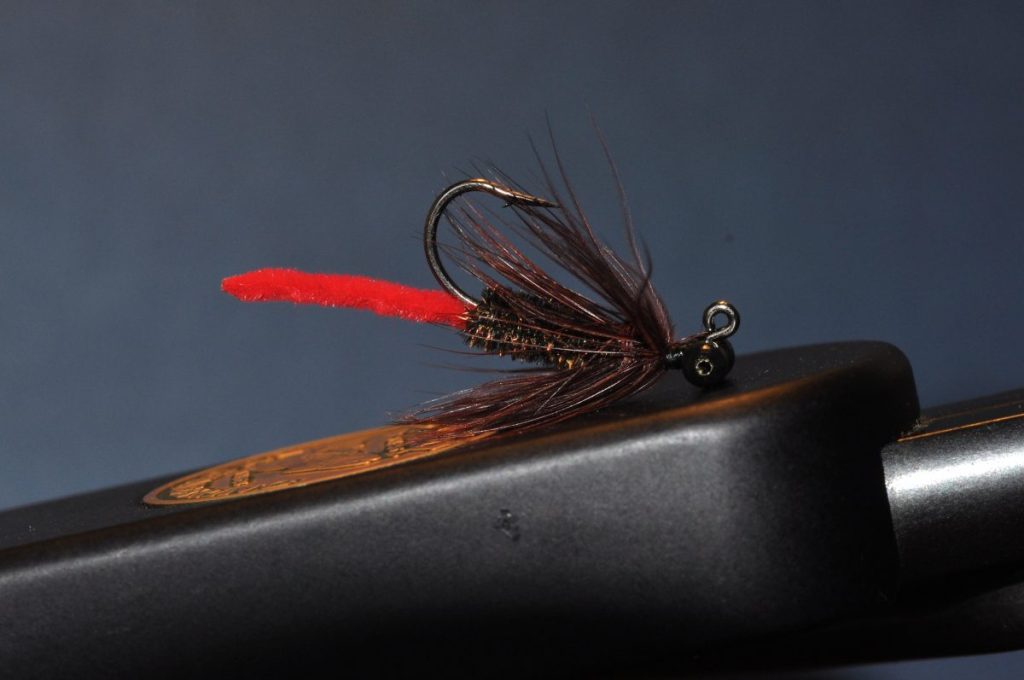
Tips and Tricks
- As noted in Step 7, I misjudged the gap left for my collar. In this case, I added additional dubbing to fill the gap. However, this likely isn’t necessary as the bead chain will settle in soft substrate leaving only the tail, dubbed body and collar visible to the passing fish.
- I originally tied this fly with a Peacock Herl body in place of Black Ice Dub. While I like the look, it only took a single fish to destroy the body of the fly. If you choose to go the Peacock Herl route consider adding Flex Seal or Super Glue to your shank prior to wrapping. This will help ensure the fly lasts multiple fish. This is a double edged sword, however, as carp have a very strong sense of taste/smell and may be deterred by the chemical smell emitted by these products.
Proof of Concept
My new Carp Hybrid flies in hand, I chose a warm, clear day in early December and made my way to the LSU Lakes. With Interstate 10 as a less than ideal backdrop, I scoured the shoreline for feeding carp (common or otherwise).
Striking out with a few other patterns, I eventually tied on the above fly in preparation for my next opportunity.
That opportunity eventually presented itself in the form of a lone common carp actively feeding among submerged vegetation within 20 feet of the shoreline. Timing my cast in a way that allowed the fly to touch down while the fishes vision was momentarily obscured, I placed a Peacock Herl bodied Carp Hybrid gently in front of the fish. To my surprise, the fish moved for the fly as soon as it came into view. Inhaling my offering before it ever reached bottom.
A brief and, at times, harrowing battle later, this fine carp (and about 5 lbs of vegetation) glided ashore.
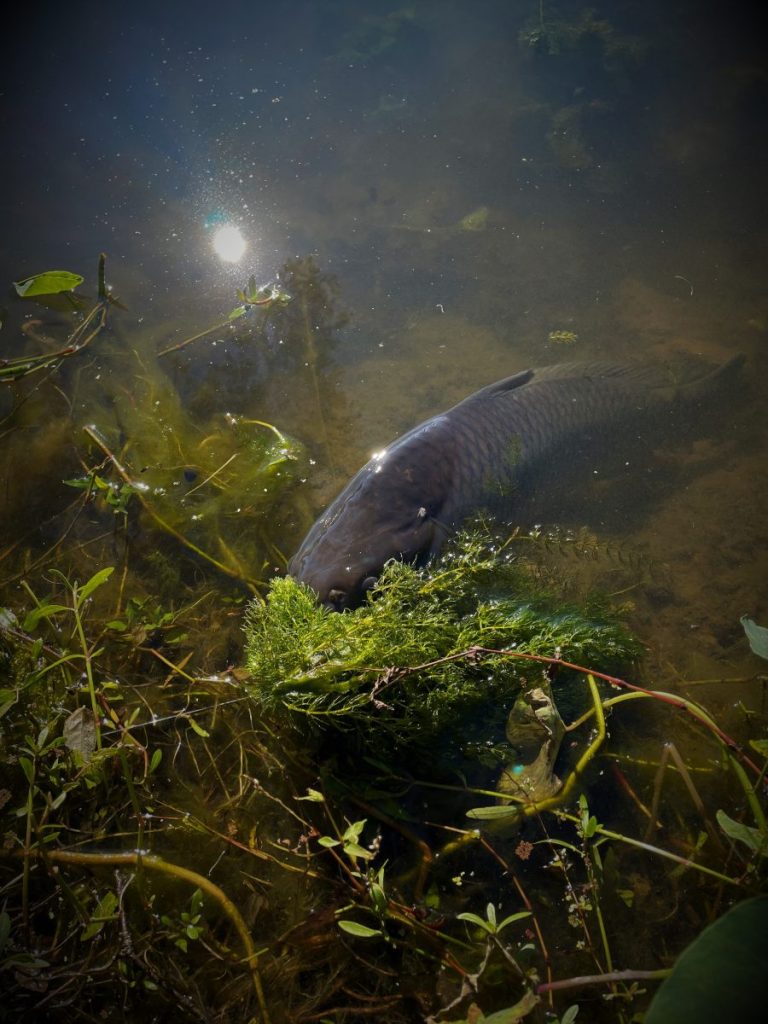
Species Caught on the Carp Hybrid to Date:
- Common Carp
Tight Lines!
-Chris
